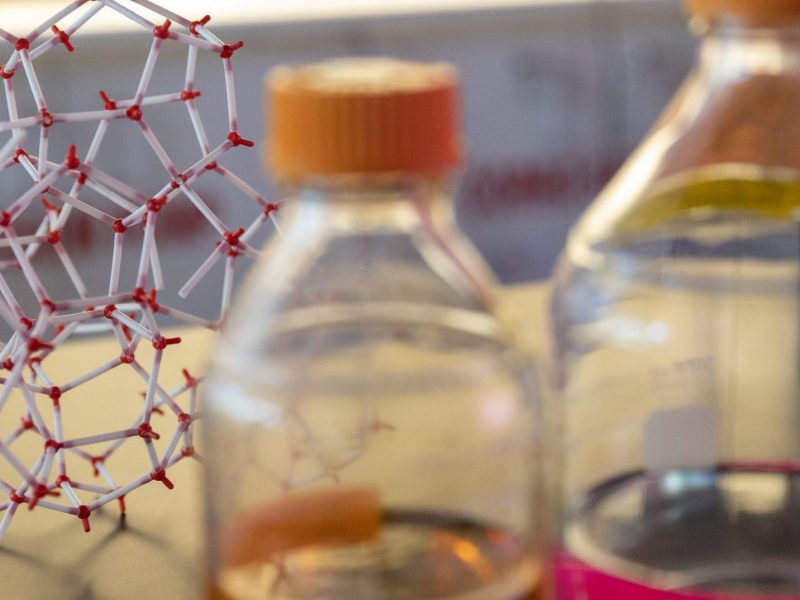Description
This wearable robotic assistance device has the potential to revolutionize the rehabilitation of patients with neuromuscular deficiencies in free-living environments. The device uses a method of musculoskeletal modeling and a simulation framework to identify and treat specific gait deficits. Using musculoskeletal simulation, a method was developed to inform the design and prescription of assistive devices to target individual-specific gait deficits. The type of computer-generated musculoskeletal model is based on the individual’s results obtained from biomechanical, gait, and neuromuscular assessments. An individual’s gait deficits and the contributing mechanisms are determined by comparing the results of the individualized musculoskeletal simulations to healthy individuals’ simulations. Predictive simulations are created, reducing the individual’s customization time. The predictive simulations provide optimized design parameters to implement in the individualized robotic wearable device.
Additional information
Patent number and inventor
16/409,670
Zachary F. Lerner
Potential applications
Clinical applications for rehabilitation robotics.
Benefits and advantages
A wearable exoskeleton improves the mobility of people with neurological deficits acquired by stroke, spinal cord injury, and Parkinson’s disease. Abnormal gait is associated with adverse outcomes, such as greater risks of falls, in patients with neurological conditions. This invention augments and improves weak or deficient muscles to improve walking capacity. Importantly, powered orthoses offer the ability to increase the dosage of individualized and targeted gait therapy by providing daily assistance at home and in the community. Enhancing user engagement during robot-assisted tasks can be improved by tracking user performance overtime and providing real-time performance feedback.
Case number and licensing status
2017-043
This invention is available for licensing.

